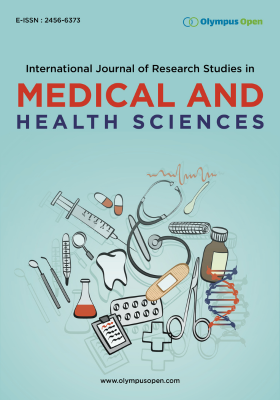GSEM Analysis of Environmental Factors as the Risk of Increasing Infectious Diseases in Under-Fives to Stunting Incidence in Solok District
DOI:
https://doi.org/10.62557/2456-6373.080101Keywords:
GSEM analysis, toddler infection, stunting, environmental factorsAbstract
Environment is one of the factors in causing stunting in toddlers. An unhealthy environment can increase the risk of infection for toddlers. Infectious diseases caused by poor hygiene and sanitation can interfere with the absorption of nutrients in the digestive process. Some infectious diseases suffered by babies can cause the baby to lose weight. If this condition occurs for a long time and is not accompanied by sufficient intake for the healing process, it can result in stunting (Ministry of Health, Republic of Indonesia, 2018). When children grow up in an environment with poor sanitation, their risk of getting sick is greater and the possibility of recurrence is also high, this is what causes their growth to be stunted.
This research is a quantitative study using a cross sectional study design. This study was conducted to determine environmental factors as a risk in increasing infectious diseases in toddlers against the incidence of stunting in Solok Regency. The population in this study were all mothers who had children under five with stunting in Solok Regency with 200 samples using the Simple Random Sampling (SRS) method for each country according to the needs of this study.
The prevalence of stunting in Solok Regency is 82%, with many infectious diseases, namely diarrheal diseases of 57.5%. Environmental factors are still lacking with the availability of healthy latrines at 31%, 23.5% good wastewater treatment, and 35.5% good waste management.
Based on the results of the GSEM analysis, it was found that infectious diseases were a direct factor in the incidence of stunting, parenting, diet, and environment were indirect factors for the incidence of stunting.
Downloads
Downloads
Published
Issue
Section
License
Copyright (c) 2024 Author(s)

This work is licensed under a Creative Commons Attribution-NonCommercial 4.0 International License.







